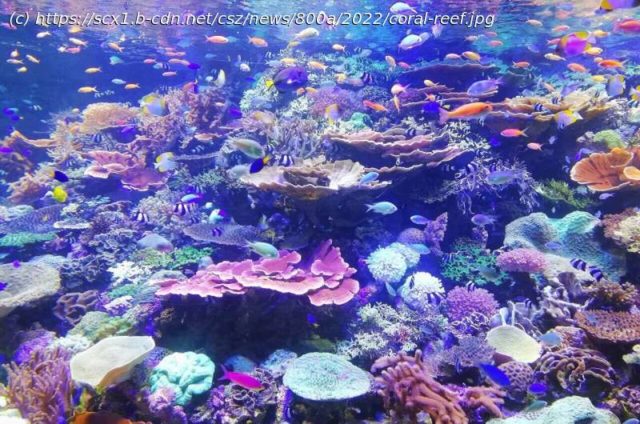Coral reefs, those vibrant underwater cities, stand on the precipice of collapse. While rising ocean temperatures and coral bleaching grab headlines, a new essay in Current Biology reveals a hidden layer of complexity in this fight for survival: the often-overlooked roles of the reefs’ smallest inhabitants.
Coral reefs, those vibrant underwater cities, stand on the precipice of collapse. While rising ocean temperatures and coral bleaching grab headlines, a new essay in Current Biology reveals a hidden layer of complexity in this fight for survival: the often-overlooked roles of the reefs’ smallest inhabitants.
Scientists have long understood the vital partnership between corals and their symbiotic algae, but work by researchers at UC Santa Barbara and University of Georgia highlights how the fate of entire reefs may hinge on the complex interplay between a diverse cast of fish and invertebrate residents. These tiny tenants, it turns out, can be both heroes and villains in the drama.
«It’s like a bustling city teetering on the edge», explained co-author Adrian Stier, a marine biologist at UC Santa Barbara. «We’re only now realizing that it’s a microcosmic battleground where seemingly insignificant creatures can be the difference between a reef thriving or succumbing to human impacts.






